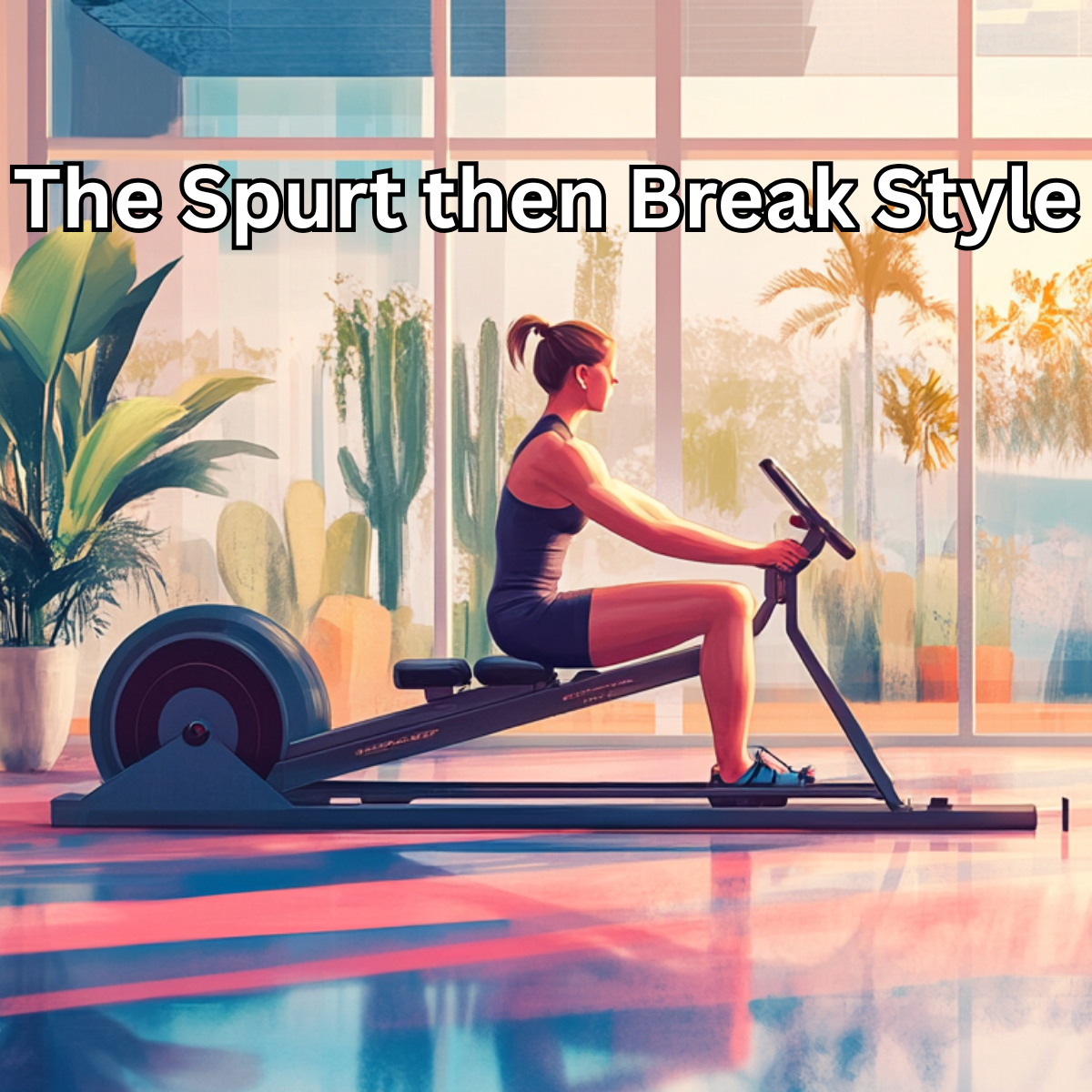Avoid Work. Feel Stress. Perform Intensely. Burn Out. Recover. Repeat.
Does this pattern sound familiar to you? If it does, you’re like me. I’ve fought this cycle my entire life. I value consistency. I’m envious of those who live stable, conscientious, and structured daily lives. I’ve tried—unsuccessfully—to be like them. But after more than five decades of wrestling with this pattern, I’ve finally learned to stop resisting it. Instead, I’ve learned to understand it—and even harness it.
If you can recognize this cycle in yourself, there’s hope. You can use it as a force for good rather than letting it drive you crazy.
Let’s start by briefly reviewing what causes this behavior. It’s not entirely learned. Research into ADHD, particularly how dopamine regulation affects motivation, has shown that people with certain brain chemistries are prone to short bursts of hyperfocus, followed by mental exhaustion and withdrawal. Whether or not this qualifies as a “disease,” the science helps us understand that some people’s brains are simply more sensitive to dopamine-driven motivations. These individuals crave novelty, and they can enter intense focus states when either interested or under pressure. Conversely, they become bored and disengaged quickly when stimulation is low. Learning this helped me make sense of what’s happening inside my brain.
Another factor to consider is personality traits. While the science here is less conclusive, there is evidence suggesting that certain traits are partly genetic. How you manage time and energy might be the product of thousands of years of natural selection. In some cultures, people with this wiring were not only accepted—they were celebrated or even revered. I like to joke about my “inner Viking,” but that might not be far from the truth. Traits such as high openness to experience, lower conscientiousness (leading to a less structured lifestyle), and a strong curiosity for novelty may be inherited. Genetics isn’t the whole picture, but it plays a role.
I don’t want to dive too deeply into the concept of “flow state,” but Dr. Mihaly Csikszentmihalyi (I still can’t pronounce his last name) coined the term to describe a pattern common among high-performing individuals. They often enter a flow where they excel intensely—then they disengage for a period. Most traditional work environments don’t support this behavior, which is why self-employed individuals, entrepreneurs, and gig workers often show this same rhythm. If this sounds like you, the key is to develop strategies to help yourself “get into the flow” more consistently.
Once you understand what drives this behavior, you can start to develop strategies that work with it instead of against it. One concept that has helped me tremendously is shortening the cycle between “on” and “off.” That’s one reason I write a blog every day: I’ve trained myself to increase the frequency of this oscillation. By pushing myself to achieve something daily, I’ve created a 24-hour cycle to work within. This has taught me to override the urge to disengage—and to find new ways to stay intrigued by the novelty of what I’m doing.
I learned this through experimentation. What worked best for me was combining increased frequency with a core set of non-negotiable habits. Beyond those habits, I allow everything else to unfold naturally. When I’m in a peak state, I get as much done as possible. When I’m in a low state, I still accomplish the foundational habits.
The bottom line is that this behavioral pattern doesn’t have to lead to burnout, unhealthy choices, or dissatisfaction. You can turn it into a superpower. You can accomplish more—and at a higher level—than others. You can also learn to build a structure around your life that offers freedom while protecting your goals and values.




